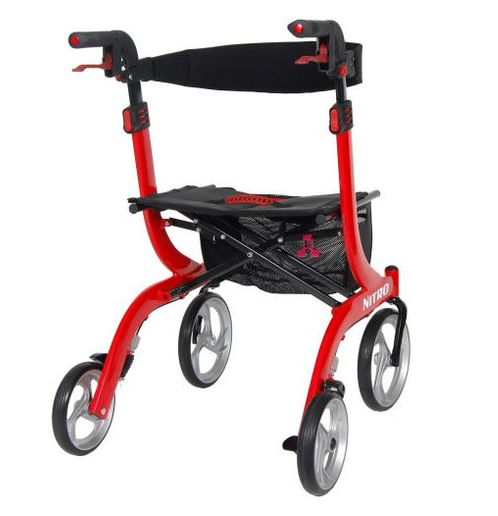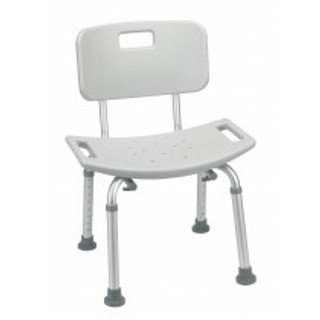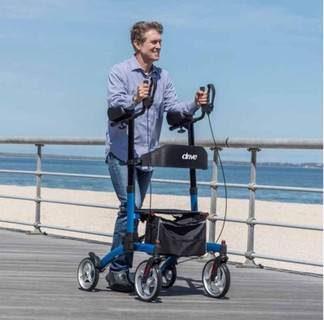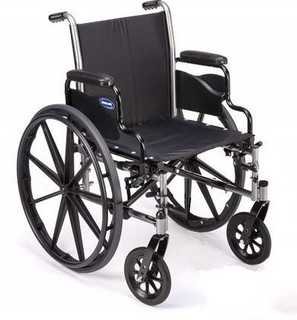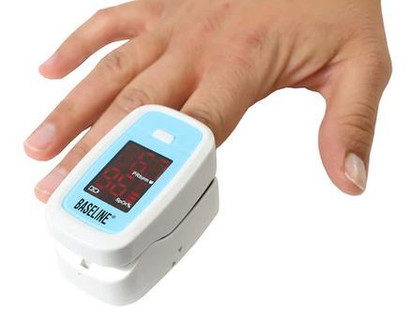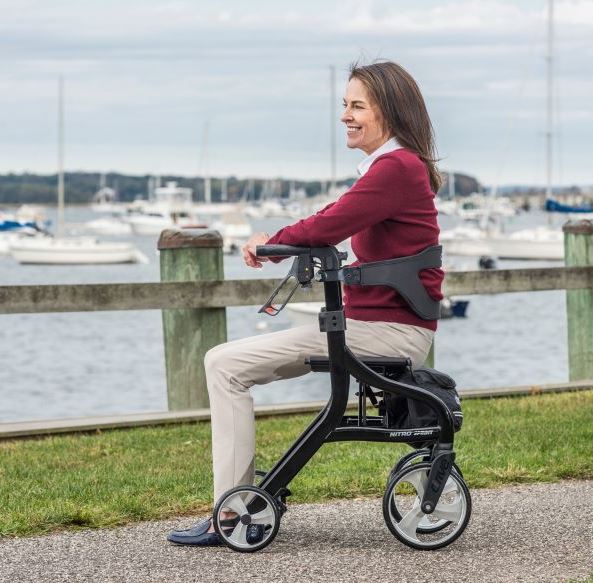Safety Tips When Walking With a Senior Using a Rollator
Ensuring safety while walking with a senior using a rollator (a type of walker with wheels) involves a combination of proper equipment use, caregiver support, and awareness of the environment. Here are some key points and tips for caregivers to follow:
1. Proper Rollator Use
- Check the Rollator's Condition: Regularly inspect the rollator for any wear and tear, including the wheels, brakes, and frame stability.
- Adjust to Correct Height: Ensure the handles of the rollator are adjusted to the correct height for the senior. When the senior is standing upright, their elbows should be slightly bent when holding the handles.
- Use Brakes Properly: Remind the senior to always engage the brakes when they stop walking or need to sit on the rollator’s seat. This prevents accidental rolling.
- Walking at a Comfortable Pace: Encourage the senior to walk at a pace that's comfortable for them, without rushing. The rollator should move smoothly without being pushed too far ahead.
2. Caregiver's Role
- Walk Beside, Not in Front: As a caregiver, walk beside or slightly behind the senior to offer support but not obstruct their movement. If needed, you can guide them gently by holding their arm or shoulder.
- Monitor Posture: Ensure the senior is walking upright and not leaning too far forward onto the rollator. Leaning forward can lead to loss of balance or strain on their back.
- Provide Encouragement: Give verbal encouragement to build confidence in using the rollator, especially if the senior is new to it or feels hesitant.
- Assist with Obstacles: Be mindful of uneven surfaces, curbs, or any objects in the path that could cause tripping or make maneuvering difficult. Offer assistance when navigating these obstacles.
3. Environment and Safety
- Clear Pathways: Ensure that walkways inside and outside the home are free from clutter, rugs, or uneven flooring that could cause the rollator to catch or tip.
- Avoid Slippery Surfaces: If walking outdoors, avoid wet or icy areas. Indoors, ensure that floors are dry and slip-resistant.
- Proper Lighting: Ensure that areas where the senior will be walking are well-lit, especially during the night or in dim areas, to help them see the path clearly.
- Navigating Doorways: Teach the senior how to navigate narrow spaces or doorways safely with the rollator. They may need to slow down or angle the rollator for smoother passage.
4. Sit Safely on the Rollator
- Ensure Stability Before Sitting: Make sure the brakes are engaged before the senior sits on the rollator’s seat.
- Sit Slowly and Controlled: Encourage them to sit down slowly, ensuring that their weight is balanced and controlled to prevent falls.
- Don’t Use the Rollator for Standing: Emphasize that the rollator seat is for sitting, but it should not be used as support when standing up from a sitting position, as it may roll and cause a fall.
5. Additional Precautions
- Use a Gait Belt if Necessary: In some cases, using a gait belt around the senior’s waist can offer extra support, especially if they are unsteady on their feet.
- Wear Proper Footwear: Encourage the senior to wear shoes with non-slip soles that fit well to minimize the risk of tripping.
- Be Patient: Allow the senior to move at their own pace. Avoid rushing them, as this can lead to anxiety or cause them to misstep.
By following these safety tips, caregivers can help ensure that the senior remains steady, confident, and safe while using a rollator.
If you're looking to purchase a sturdy rollator with safety features here are some top choices:
NOVA Star 8 Rollator Walker, 8" Wheels
Available in 8 brilliant colors!

Drive Medical Nitro Aluminum Rollator Standard Height 10" Wheels
Best Seller!
